attention to detail
WHAT THE IDEA IS ?
HOW IT WORKS ?
What benefit/experience your idea provides ?
Don't Underestimate
The Importance of Details to the Overall Impact
Functional requirements
- structural stability
- center of gravity (visual center, actual center),
- charging port,(holes on the surface, ).
- movements (Securing wheels, rails, rotational movement,
- space for extension,
- enough room for airflow(like a vacuum cleaner), straight-through suction path
- hidden parts (power cords (Dyson))
- anticipate troubles, use design to find a workaround
- access for maintenance
- respond to the intended experience
Ergonomic
- housed in an ergonomic position, optimal control,
- tilt angles,
- easy to carry/hold (create patterns)
- easy to push/open
Visual cue
- guidance,
- usability (how to hold, push, grab, retract, replace)
- buttons/switches (hidden or exposed),
- indication lights,
- texture and sound (speakers)
- compartments
- Visual attention- imbalance, surprise, unexpected, visual echoing
Psychological reassuring
- visual weight,
- balance, closure, continuity
- design affordance-reduce human errors-slot, guideway
- visualize redundant safety measures
Gestalt psychology—perceive entire patterns or configurations, not merely individual components.
- connections
- joints,
- axis,
- transition between surface, transition between parts
How to manufacture?
- Constraints- anticipate the trouble and reduce the risk
- place mating lines strategically (wall thickness),
- CMF
- draft,
- enhance walls (ribs),
- reduce material waste and consumption
How to assemble?
- minimize parts and labor in assembly
- optimal choice on mating lines again(make assembly line run smoothly)
- easy to be disassembled (consider packing & storage)
- offset surfaces to provide a margin for human error
- design a tool or fixture for easy assembly
Cost
- reduce size,
- minimum order, choices of manufacturing process
- material choice
- screen(software)
- maintenance
Aesthetic
- address volumetric considerations and constraints (product architecture/internal components)
- styling, visual perception, reducing visual weight, gestalt, patterns, rhythm
- use the multi-sensory connection to create memory-engaging all senses, sight, sound, touch, smell, and taste
- fashion trends
- marketing- how the design looks in motion (the rise of short-form video on social media)
